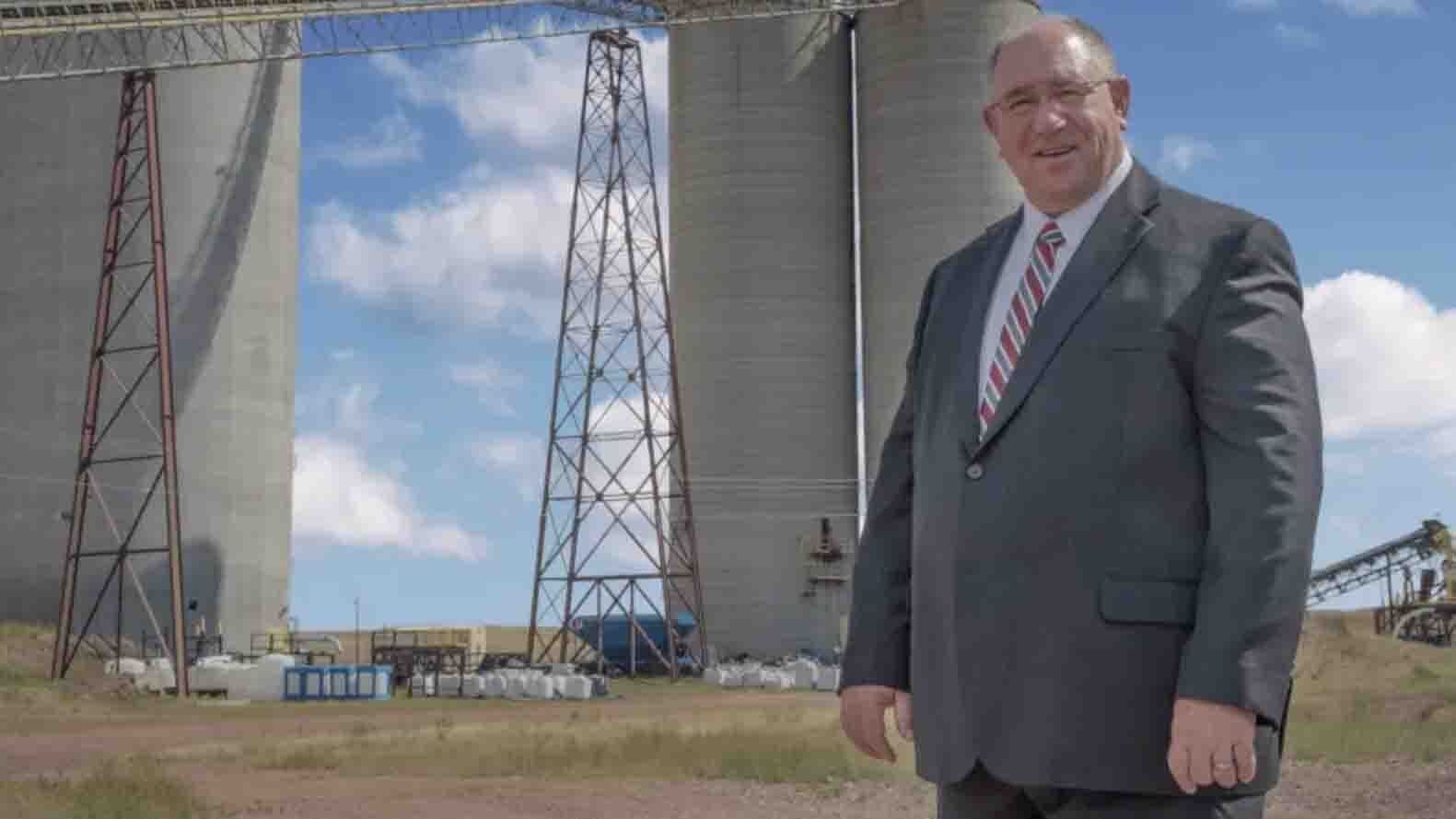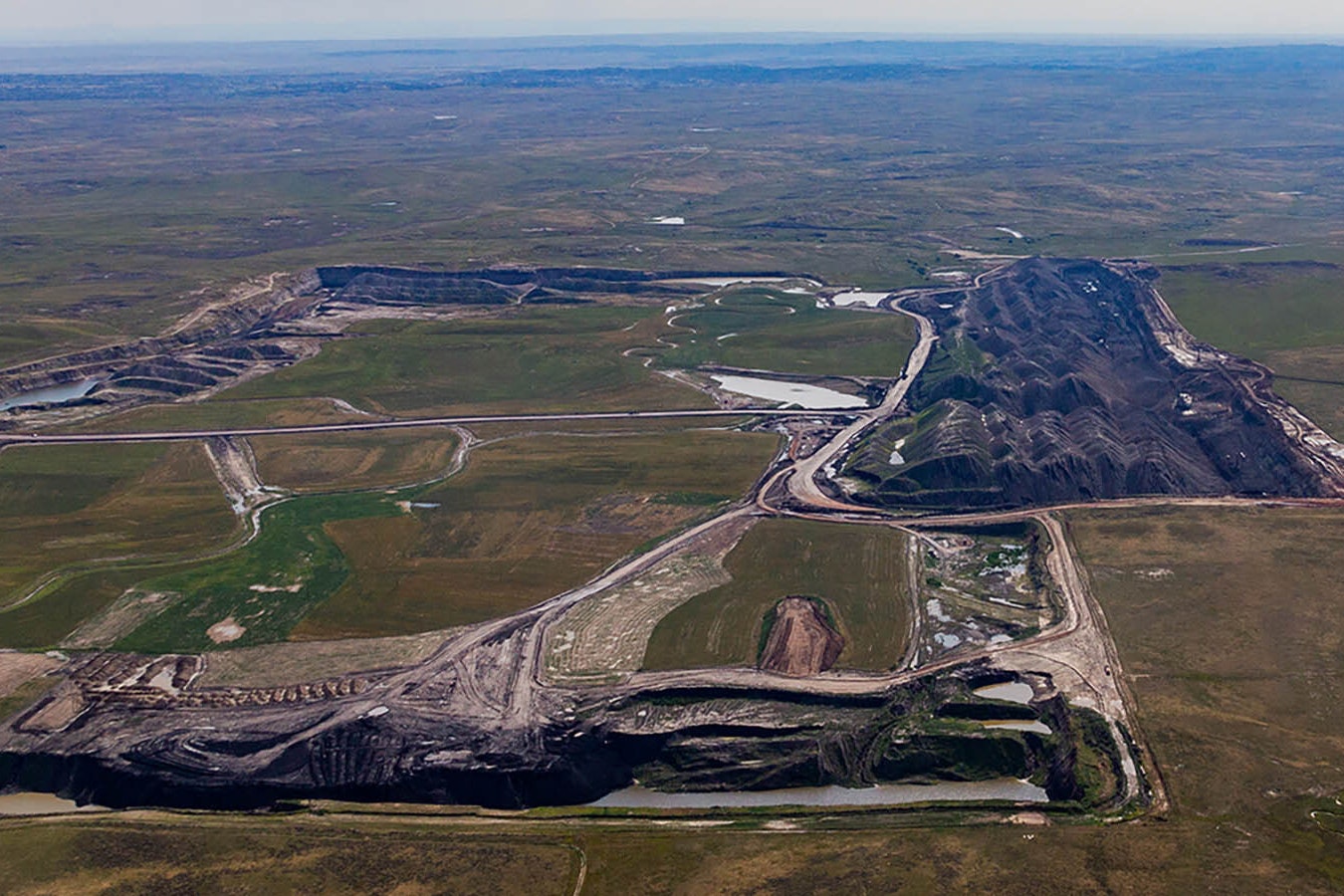By Jennifer Kocher, County 17
Good news is hard to come by today with regard to Wyoming’s lagging energy industry, particularly in the Powder River Basin, but at least one man is optimistic about the county’s future.
Where there’s a bust, Phil Christopherson believes, there’s a boom to follow, which may come as early as 2022.
His glass half-full mentality stems in part from his work as CEO of Energy Capital Economic Development (ECED), where the crux of his job is to attract new businesses to Campbell County, and ignite and revive local industries.
He looks to the long-term with regard to driving economic diversity to keep the economy robust, regardless of downturns in energy.
Generally speaking, he noted, the county has a lot going for it. Lots of space, for one, as well as easy access to Interstate 90, rail and commercial jet transportation, business-friendly regulations and taxes as well as top-notch recreation and business incubator facilities.
He sees several promising opportunities on the horizon, including a pretty hefty investment on behalf of the U.S. Department of Energy (DOE), the University of Wyoming’s School of Energy Resources (SER), ECED as well as funding from both city and county governments among other developments currently in the works.
Moreover, as a Wyoming native, Christopherson wholeheartedly believes in the tenacity, grit and resourcefulness of its people, particularly those in Campbell County.
He points to its long history as the nation’s leading energy provider and reveres it as home to several world-class companies like Liebherr, Cyclone Drilling and L&H Industrial. Yes, times are a little hard, he admitted, but there are equally lucrative days to follow.
The future site of Atlas Carbon near the new Highway 59 buildout (left).
The future site of WyIC, near HWY 59 buildout.
Sitting at a table in his corner office of the Energy Capital Building in south Gillette last Tuesday, Christopherson slid a press release across the laminated surface, detailing news about a new pilot-scale production facility currently in the design phase at Energy Capital Economic Development’s Wyoming Innovation Center (WyIC).
It’s scheduled to open next year as part of the exploratory project, where scientists will attempt to extract rare earth elements from coal ash.
The $1.62 million project is funded through a partnership between the city, county, university and federal agencies including a federal grant from the Department of Energy (DOE) Technology Commercialization Fund earmarked for helping to develop promising energy technologies.
The three-year project entails a partnership between the National Energy Technology Laboratory (NETL) in conjunction with UW’s SER and will entail identifying and extracting rare earth elements and other critical metals from feedstocks in the PRB to test efficacies and economic value.
Currently, Christopherson’s ECED team is in the process of finalizing the designs for the facility, which they hope to have nailed down in August or early September.
“This project is an important step forward in diversifying and expanding Wyoming’s economy through value-added coal projects,” he said.
The project has already garnered the sign-off from Gillette Mayor Louise Carter-King, who touted both the partnership as well as the potential for the project.
“We always knew that this was the perfect site, and it is gratifying to know that others recognize the potential of the Powder River Basin to assist our nation,” Carter-King said in an ECED release announcing the project.
Quoting studies that have shown the PRB coal has had high extractable REE content compared to other coal ash sources in other parts of the country, Christopherson also touted the high volume of available coal ash stocks with up to 270 to 690 tons produced by a single power station per day.
“This project is an important step forward in diversifying and expanding Wyoming’s economy through value-added coal projects,” he said. “We are proud to host the NETL rare earth elements project at our WyIC facility.”
Securing energy independence
Rare earth elements (REEs) are a part of a group of 17 metal elements that occur naturally and are typically found in varying proportions in the same ore deposits, according to the Wyoming State Geological Survey (WSGS), and are used in a variety of products from nuclear reactors, cell phones, magnets and camera lenses among several other products. They’re also key to renewable technologies such as wind turbines and electric cars.
For the past two decades, China has dominated the REEs market, accounting for about 95 – 97% of the world’s supply.
Currently, the United States is wholly dependent on imports for 21 of these critical materials, according to the U.S. Geological Survey (USGS), and 50% dependent on imports for an additional 28 more.
In recent days, as the Trump Administration ratchets up tensions with China surrounding trade and national security issues, including closing down the Chinese Embassy in Houston over accusations that the communist nation is pirating U.S. intellectual property and stealing research and industry secrets, many in government like Wyoming Senators John Barrasso and Mike Enzi see the country’s critical minerals dependency as a matter of national security as well as an opportunity to revive the fledgling coal sector.
In May, both senators sent letters to the secretaries of defense and the interior asking for them to invest in national efforts to build our own REE stockpile. Last week, Sen. Barrasso further sent a letter to the DOE, urging the agency to set up a satellite office in Wyoming to build on efforts to bolster statewide energy research, development and commercialization.
Given the country’s and world’s reliance on these REEs, demand for them only continues to rise. The global rare earth market is estimated to grow in value from $8.1 billion in 2018 to more than $14.4 billion by 2025, according to Zion Market Research, a company specializing in cutting-edge informative reports.
“Right now,” Christopherson said, “we’re relying on China for our Rare Earth Elements. This project is an important step forward in the United States developing our own sources of REE, while diversifying and expanding Wyoming’s economy through value-added coal projects.”
Many in the county and state are interested in tapping into PRB coal ash as the next panacea.
Regaining ground
At one point, the United States was a leader in REEs. Between the 1960s and 80s, the country had the largest market share, mostly mined at Molycorp’s Mountain Pass Mine in California, according to a 2017 DOE report. The open-pit REE mine of the Mojave declared bankruptcy in 2015. In Wyoming, Bear Lodge outside of Upton, had held promise in past years but fell flat under poor market conditions and also closed in 2015.
Meanwhile, China, which has the world’s largest known REE deposit, the Bayan Obo deposit, continues to dominate the market after beginning REE production in the 1980s, per the report.
Currently, the DOE is hoping to find new pockets of minerals with its sights set on two predominant coal-producing areas of the country – the West and Appalachia – where DOE and NETL assessments estimate a potential REE reserve of 6 million metric tons (MT) of potentially recoverable minerals from coal and coal byproducts in Montana, Wyoming, Colorado, Utah, New Mexico and Arizona with another estimated 4.9 MT from four eastern states, including Pennsylvania, West Virginia, Kentucky and Virginia.
In Campbell County, the three-year joint project between NETL and UW’s SER will focus on extracting REEs from coal ash from nearby utility companies.
Scott Quillinan, director of research at the UW’s SER, is also optimistic about the potential of the DOE/NETL project in the PRB.
PRB coal collected from the University of Wyoming coring program for REE analysis.
PRB coal collected from the University of Wyoming coring program for REE analysis. (H/t UW SER)
The first year-and-a-half will consist of onsite lab work between researchers at UW and NETL, who will collaborate from their Pittsburgh lab to fine tune extraction technologies. Once the WyIC facility is up and running, Quillinan said, the entities will join forces in-house for the remaining 18 months.
In terms of REEs, researchers at SER are particularly excited about the high concentrations of two critical, middle and heavy elements, Dysposium and Neodymium, in the PRB’s sub-bituminous coal.
“Neodymium in particular is a very important element,” Davin Bagdonas, research scientist at SER’s Center for Economic Geology Research and SER’s principal investigator on the REE pilot project, said.
“PRB coal/fly ash is a great potential resource for it in high volume,” he said.
The light REE, Neodymium, is used to make hard drives in laptop computers, headphones and hybrid engines among other uses. Dysposium, which is a heavy rare earth, is used primarily to make permanent magnets and hybrid engines.
The area also has high concentrations of Praseodymium, a critical mineral used for magnets and hybrid engines, Bagdonas added, as well as Cesium, a soft, silvery, extremely reactive metal.
Though the PRB is rich in these elements, Quillinan noted, the tricky part is extracting them both safely and economically, which entails digesting the coal with acid to differentiate the elements from the coal ash.
A second snag is that currently further processing of the minerals once extracted generally occurs overseas. This is also true of manufacturing. Most of the products that require rare earth elements in the process are made elsewhere, he said.
Regardless, Quillinan remains optimistic about the quality of the feedstocks as well as the technology, which if proved economically viable, may spur private investment into building an extraction and processing facility in Wyoming or elsewhere where the US might regain its prominent spot as the leader of REEs.
“It looks promising,” he said, noting the volume of available coal ash at the ready as well as the high calcium content, which makes coal ash more easily to digest with acid.
That said, the project is for naught if it’s not economically feasible. The techno-economics will be evaluated per DOE-approved economic models as part of the project.
“We know we have high-potential feedstocks and promising technology and know the demand is there,” Quillinan said, “but we have to figure out if it makes sense economically. If it doesn’t pencil, private investment will never come.”
However, he noted, if the United States continues to trend toward renewable energy sources, these rare earth minerals are imperative, and he’d like to see Wyoming take the lead.





